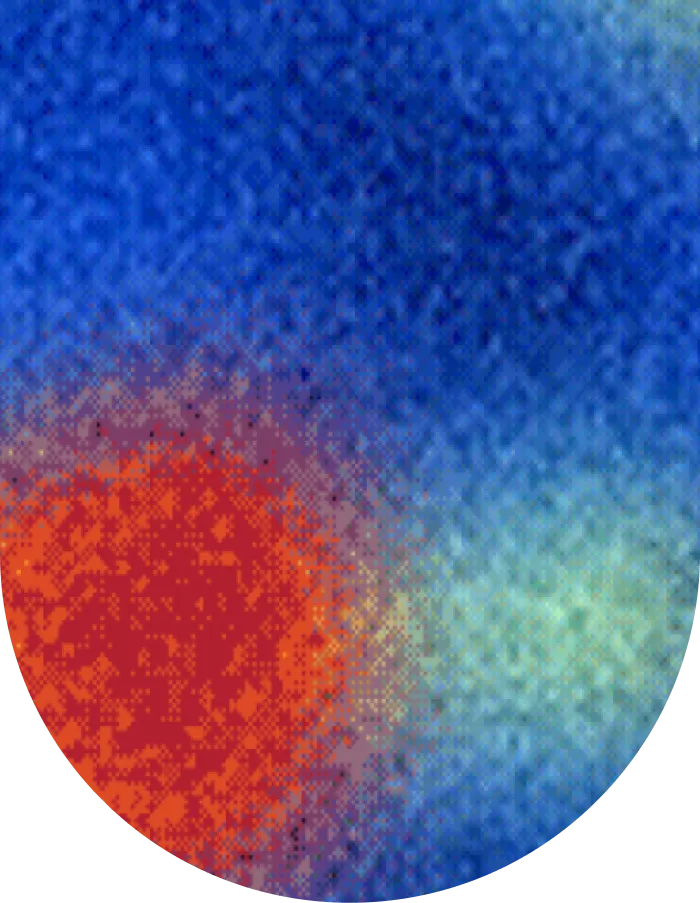Medical Imaging: an Essential Component of Real-World Data


Here at Segmed, we believe in the power of medical imaging data. Medical imaging is a valuable component of healthcare, providing visual representations of the human body's inner workings. From X-rays and CT scans to MRI and PET scans, imaging allows doctors to see inside patients to aid in diagnosis, treatment planning, and much more. With technological advances, medical imaging continues to become more detailed, fast, and accessible.
In recent years, there has been a growing focus on using real-world data (RWD) and real-world evidence (RWE) in healthcare and medical research. Real-world data comes from a variety of sources, including electronic health records, insurance claims data, patient registries, and now, medical imaging data. Here’s why imaging data is a vital piece of the real-world data puzzle:
The Power of Imaging Ground Truth
In domains such as radiology, dermatology, ophthalmology, and pathology, the picture is a reference - ground-truth data. Medical imaging provides visual evidence that can be far more persuasive and insightful than clinical descriptions alone, especially in contexts where two medical experts often disagree. Seeing a tumor, organ abnormality, or site of injury gives physicians a clearer understanding of patient conditions and helps them agree on a diagnosis. Access to patient imaging data, versus just reports or summaries, allows researchers to make direct observations that can lead to discoveries. The power of these visuals cannot be understated.
Connecting Symptoms to Structures
Patients often present with ambiguous symptoms like pain, fatigue, or dizziness that many different underlying conditions could cause. Medical imaging allows doctors to investigate the anatomical source of symptoms. For example, persistent headaches may be explained by MRIs that reveal a brain tumor. With imaging data, physicians can match symptoms to physical structures and pathologies. This helps lead to accurate diagnoses and treatment plans.
Tracking Changes Over Time
Many diseases manifest through subtle changes in the body over weeks, months, or years. Medical imaging allows doctors to visually track these changes by comparing scans taken at different times. For example, multiple CT chest scans can show the progression of lung cancer tumors and quantify increases or decreases in size. Access to past imaging gives physicians crucial insight into how a patient's condition evolves, for better or worse.
Enhancing Clinical Trial Research
Medical imaging data from real-world sources can provide additional clinical trial endpoints beyond typical measures like survival rates or laboratory results. Imaging can visually demonstrate the effects of investigational drugs and devices. Access to imaging data at all stages of research, from early phases through post-market studies, can further confirm product safety and efficacy. The FDA now recognizes medical imaging as a biomarker supporting regulatory decision-making.
Understanding Total Patient Health
When analyzing real-world data, it's essential to look at the complete health profile of patients. Medical records may need more comprehensive information to paint a full picture. Imaging data helps fill in gaps by literally illuminating patient anatomy and physiology. Radiologists analyze images for incidental findings that may be meaningful to patient health, even if unrelated to the original imaging indication. Access to complete imaging data ensures research provides a holistic view.
Big Data Drives Big Discoveries
The power of real-world evidence lies in aggregating and analyzing large volumes of data from diverse sources. Every medical image represents an extensive set of data points that can be applied to population health studies using big data techniques. Image data sets enhanced by AI are unlocking discoveries about disease progression, treatment effects, precision diagnostics, and more. Harnessing big imaging data is key to maximizing real-world evidence.
In conclusion, medical imaging provides invaluable visual insights that words alone cannot capture, and Segmed can help you access such images. Imaging gives clinicians and researchers an intricate look inside the body that fundamentally enhances patient care and medical discovery, and that’s why we have a group of loyal customers trusting in the capabilities of our Segmed Insight platform. Unlocking imaging data will be a key driver behind the real-world evidence revolution. With abundant imaging data to analyze, the possibilities for healthcare improvements through technology, AI, and research are endless.
Talk with our team of experts to learn more about how Segmed can be a valuable partner, supporting your efforts in structuring or outsourcing imaging data.
Contact us today to discover how our expertise can streamline your project.

